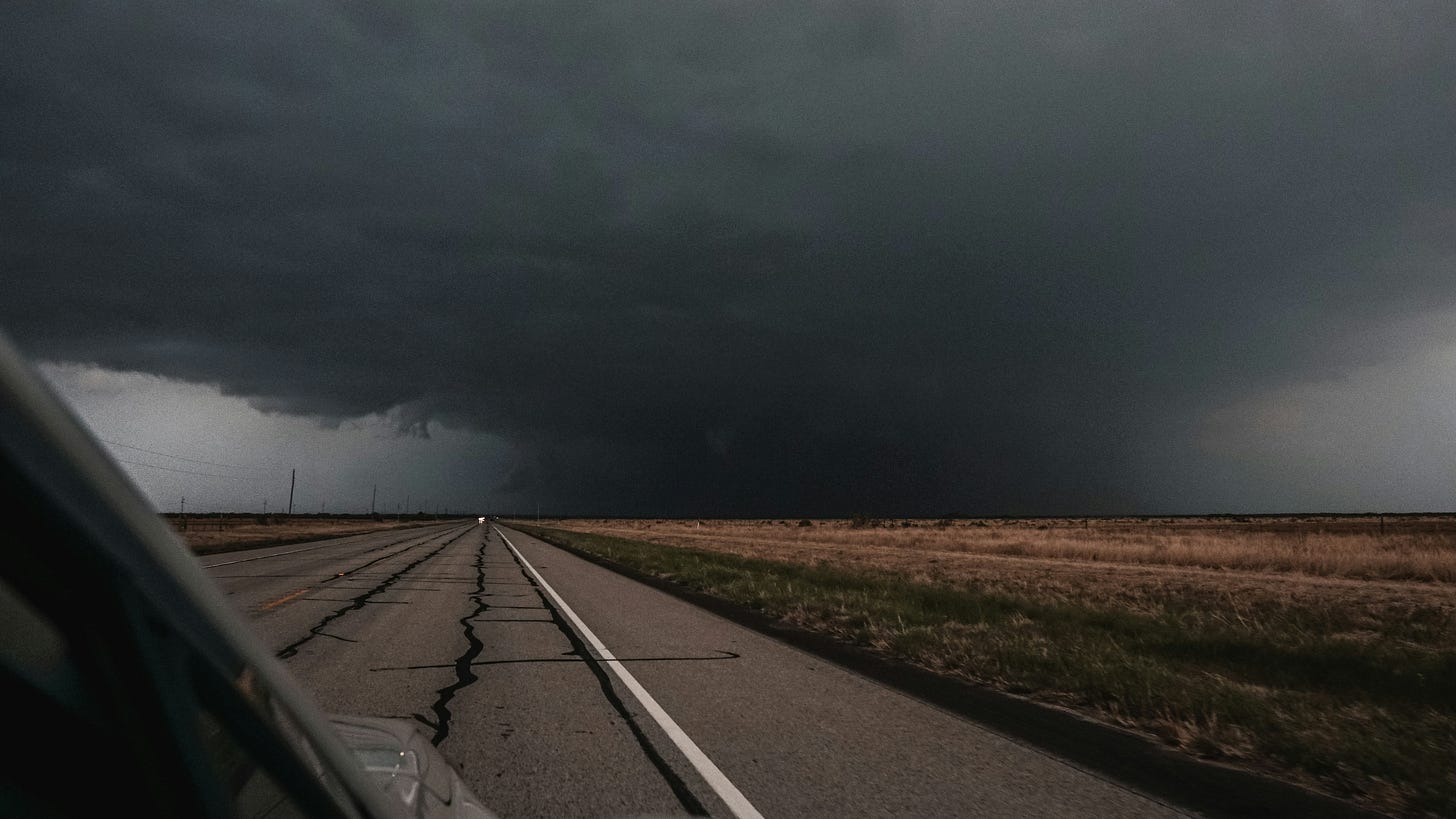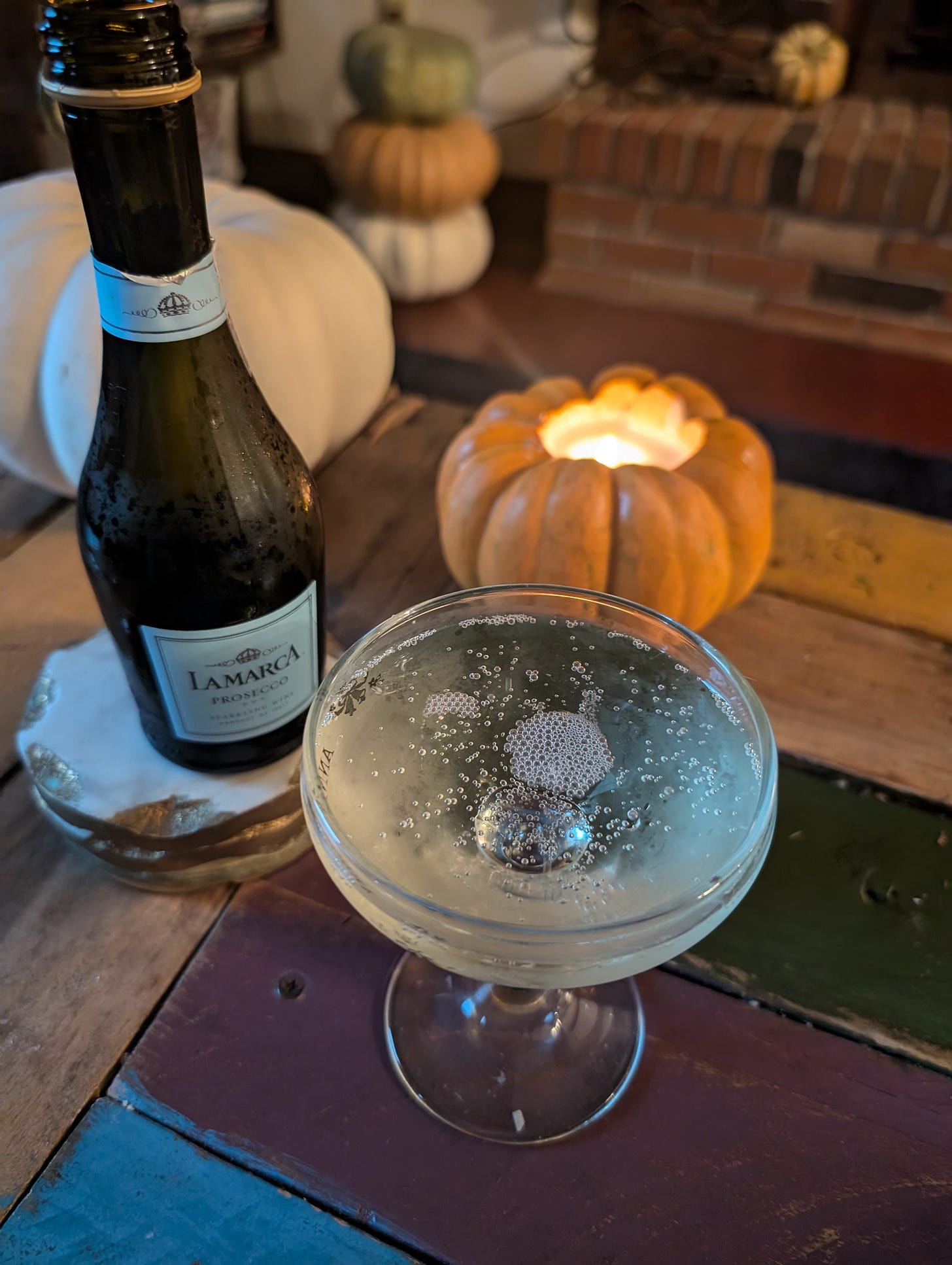Shortly after the hurricane reached Appalachia, I was tagged in the post of someone who had just finished re-reading Trashlands. They loved the book, felt, and understood it deeply while also acknowledging it’s a difficult time to read fiction so close to our present truth.
It’s a weird time to read climate fiction, to love it, and to write it.
Trashlands is about a near-future Appalachia, set after climate change floods have re-drawn the coasts. Its main characters, who live in a community in a junkyard anchored by a strip club called Trashlands, survive by scavenging plastic.
The book was first published three years ago and written in 2018. I started it that summer when I was sleeping in an old school bus on the banks of a quarry lake in Michigan. I finished it on a muddy late November day in West Virginia when I had a bad cold and uncharacteristically, took a picture of the last morning of drafting.
In 2018, things were bad. They’re obviously worse now, thanks to time, denial, and slow action on the climate crisis, and inaction about a lot of things.
I am often accused of telling the future. Or worse than that, of causing it. It was a joke among my friends when my first novel Road Out of Winter—about an endless winter— was published on the day of a rare, early September blizzard.
As the years and books go by, it’s become less and less funny. My next book is about a teen girl from a strict, “unschooling” family who moves to Colorado just in time for another Dust Bowl. Just like the recycled, pressed plastic bricks I thought I had made up for Trashlands, another Dust Bowl disaster is believed by researchers to be imminent. It’s just a matter of when.
I joke that I need to start writing about a happy writer who owns a farm, has plenty of savings, vacations, and somehow lives in a timeline where climate change has been slowed or stopped entirely.
My work-in-progress? Isn’t… about that.

Maybe it goes along with the whole witch thing: writing books that come true. But really, if you’re making art that doesn’t eventually come true, what are you doing? So many of the science fiction, speculative, and fantasy stories that I loved and that raised me have come to pass or nearly: Parable of the Sower by Octavia E. Butler. Meg Elison’s The Book of the Unnamed Midwife.
What is speculating, but to theorize based on some evidence at hand? The dark skies, the rising rivers. The business of artists is the business of looking ahead. It’s the business of paying attention. It’s the uncomfortable business of sounding alarms as early as you can, no matter or especially if no one wants to hear them.
It isn’t telling the future. It’s telling the truth, how you feel it, how you see it. And, the hardest and most important part: imagining a blueprint of how else to go on.
A Spell for Pumpkin Candles
This season, don’t spend money (and contribute to overconsumption…) on pumpkin candles. Make your own, out of an actual pumpkin.
Take a mini pumpkin. Just like you would for a jack-o-lantern, carve a lid around the stem and scoop out a hole in the center. It’s easy to make your own candles, you just need the right tools, like a candle pourer. Put the pourer in a pot of water on the stove (to make a double boiler) and bring the water to a boil. Put soy wax candle melts or leftover candle stubs in the pourer until they liquify. Meanwhile, attach a new wick with double-stick tape to the bottom of the pumpkin cavity (or balance it in place with popsicle sticks on the lid). Then pour the melted wax into your pumpkin cavity (the pourer handle will be hot) and let it harden.
Be advised: this is really a temporary spell, as I learned the hard way. Even if you wash the pumpkin in vinegar, one of the tricks supposed to make it last longer, the cut pumpkin will begin to rot within a week or so. Burn fast!





